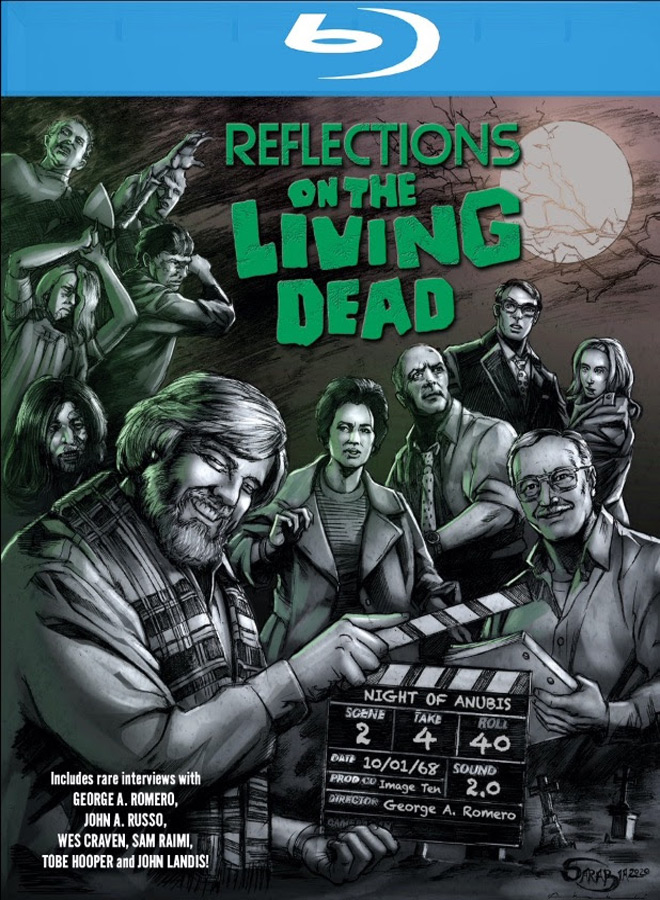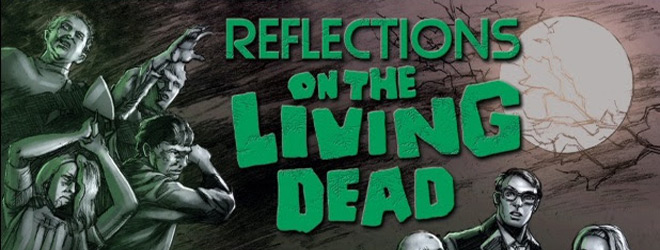Some films age slowly, and some wither into husks before their release year is over. A few manage to seem evergreen, with perhaps the odd dated outfit or reference here and there. But documentaries are particularly at risk at aging badly because there is always the chance new information can come along and blow its conclusions away. The Cosmos series with Carl Sagan from the 1970s is a classic science series, though a lot has changed in astronomy over 50 years. Pluto went from a pixelated planet on a photo to a high-def, keenly detailed image of something that is not even a planet anymore.
Luckily, film documentaries are less prone to aging for the most part. There is still the chance something new about a film’s production or its key players can come up. Eventually, it gets to the point where it feels like there is nothing new under the sun. If one saw the ‘Quadrilogy’ documentaries on the Alien series, what new ground can a new one reveal? What can a new documentary on 1968’s Night of the Living Dead say that one from the early ’90s did not already say?
Which is where Reflections of the Living Dead comes in. Released on May 26, 2020 through Tempe Digital on DVD, Blu-Ray, VOD & digital platforms, it is a re-release of Night of the Living Dead 25th Anniversary Documentary from 1993. The original documentary featured a roundtable discussion with original director George A. Romero, Co-Writer John A. Russo and Producers Russell W. Streiner and Karl Hardman.
Alongside this are interviews with film fans Wes Craven, Sam Raimi, and Tobe Hooper among others. However, this is not just a simple SD to HD upscale job. Not for the Blu-Ray edition anyway. There is a new interview with original Lead Actress Judith O’Shea (October Moon 2: November Son 2008, They Came from the Ether 2014), and the entire, uncut, 101-minute roundtable discussion is available as an extra. The DVD release only features the audio commentary. Still, the extras are only worth it if the main act is worth the price. So, how is it?
The opening, where original Director Thomas Brown (Maximum Impact 1992) talks about Night of the Living Dead from the original cemetery from the film’s opening (complete with lurking zombie) is nice in a cheesy way. It also sets the tone for the rest of the picture, as the production is on the rough, cheaper side even for the early 1990’s. Even with upscaling, the original tape quality has some visible faults. There have been a few updates made, like name bars for the interviewees providing film credits- often for films made years after the documentary. Still, the editing is solid, as it pieces together a clear picture from its mix of shots. So, there are some kudos for Brown.
That said, the information provided is still interesting, especially during the round table discussion itself. Romero and co-cover plenty of ground on Night of the Living Dead’s production, from its funding (“It’s not gonna cost $6,000. It’s gonna cost $12,000!”), the casting of Lead Actor Duane Jones (Ganja & Hess 1973, To Die For 1988), how far the film pushed the envelope, etc. It is a rather frank discussion too, as Romero himself admits that the film appears tame by modern standards. But, for a 1968 black and white film, it was quite lurid, which the ‘famous fans’ cover in their recollections of seeing the film for the first time.
The crew even surprise each other at times with a few anecdotes and revelations, like talking about the one unlucky extra who became the only one to have a squib on his head for a shot that went awry. The chapter on how Hardman and Marilyn Eastman (Perry Mason series, Houseguest 1995) is particularly intriguing, as they discuss the makeup jobs for the zombies photo by photo. It comes off like a slightly more macabre version of someone going through their photo album. Likewise, the added interview with O’Shea is fun, and even briefly covers ground the other interviewees did not- notably the 1990 remake.
Does that make Reflections on the Living Dead good? Despite its aged presentation, it is still an informative documentary that covers a lot of ground behind one of the first modern zombie films. It does not have much pep in its step, but its content remains quite compelling. That said, the film would likely suit newcomers to the zombie sub-genre better than its veterans. The O’Shea interview is nice but brief, and the full, uncut discussion is an extra on a $25 Blu-Ray. The diehards might like to go all in, though anyone else might prefer to test it digitally first. Thus, for these reasons, Cryptic Rock gives this documentary 3.5 out of 5 stars.





